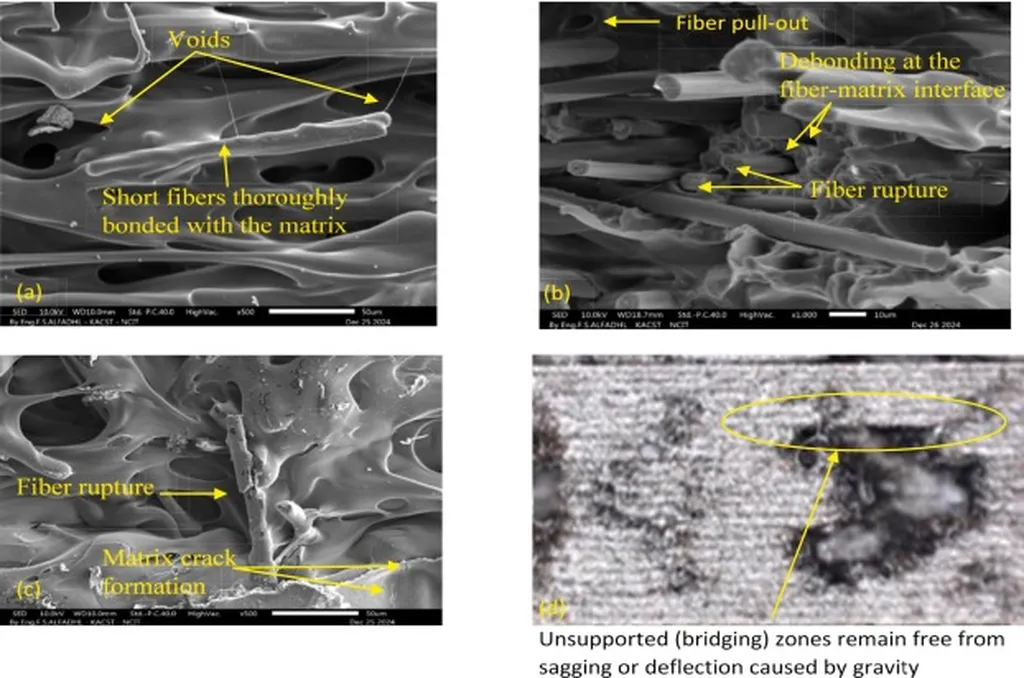In a significant stride toward enhancing the performance of honeycomb structures, researchers have developed a novel design that minimizes in-plane anisotropy, a common challenge in additive manufacturing. Published in the journal *Materials & Design* (which translates to *Materials & Design* in English), this study led by Khalid Alblalaihid from the Institute of Earth and Space Science at King Abdulaziz City for Science and Technology (KACST) in Riyadh, Saudi Arabia, could revolutionize applications in aerospace, automotive, and energy sectors.
Honeycomb structures are prized for their exceptional strength-to-weight ratio, making them ideal for various high-performance applications. However, conventional designs often exhibit pronounced anisotropy, meaning their mechanical properties vary significantly depending on the direction of the applied load. This limitation can hinder performance under multi-directional loading, a common scenario in real-world applications.
Alblalaihid and his team addressed this issue by introducing a modified honeycomb design aimed at achieving quasi-isotropic in-plane behavior. Using fused filament fabrication (FFF) with polyamide 6 (PA6) reinforced with 15% short carbon fibers, they fabricated honeycomb structures with a [±45°, 90°, 0°]s layer orientation. This innovative approach significantly reduced anisotropy, with elastic modulus variation across 0°, 45°, and 90° directions dropping to under 3%. In-plane compression tests further validated the design, revealing modulus variation below 2% and a flatter, more stable stress plateau.
“This design not only enhances the mechanical performance but also improves energy absorption, making it a game-changer for industries that rely on lightweight, high-strength materials,” Alblalaihid explained. The enhanced progressive collapse and improved energy absorption characteristics of the new design could have profound implications for the energy sector, particularly in applications requiring robust, lightweight structures capable of withstanding multi-directional loads.
The study’s findings suggest that the new honeycomb design could be particularly beneficial in the construction of wind turbine blades, where lightweight, high-strength materials are crucial for efficiency and durability. Additionally, the improved energy absorption capabilities could enhance the safety and performance of automotive components, contributing to the development of more resilient and fuel-efficient vehicles.
As the energy sector continues to evolve, the demand for advanced materials that can meet the challenges of modern applications is growing. This research represents a significant step forward in addressing these needs, offering a promising solution for industries seeking to optimize performance and efficiency.
“The potential applications of this research are vast, and we are excited to explore how this design can be further optimized and integrated into various industries,” Alblalaihid added. The study’s insights could pave the way for future developments in additive manufacturing, leading to the creation of more versatile and high-performance materials.
In conclusion, this research highlights the importance of innovative design in overcoming the limitations of traditional materials. By achieving quasi-isotropic performance in honeycomb structures, Alblalaihid and his team have opened new avenues for advancements in the energy sector and beyond. As the field of additive manufacturing continues to evolve, the insights gained from this study will undoubtedly play a crucial role in shaping the future of material science and engineering.

